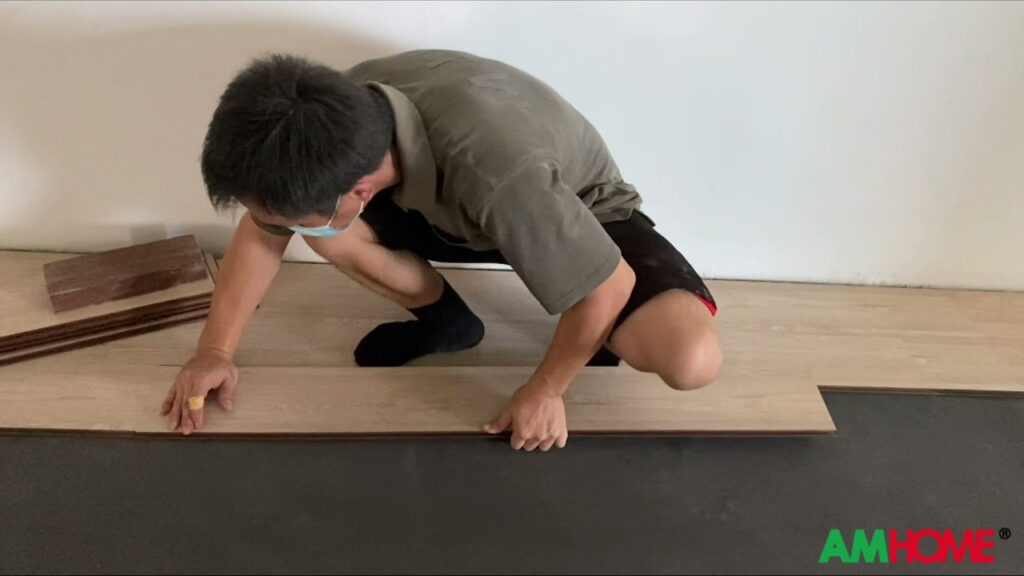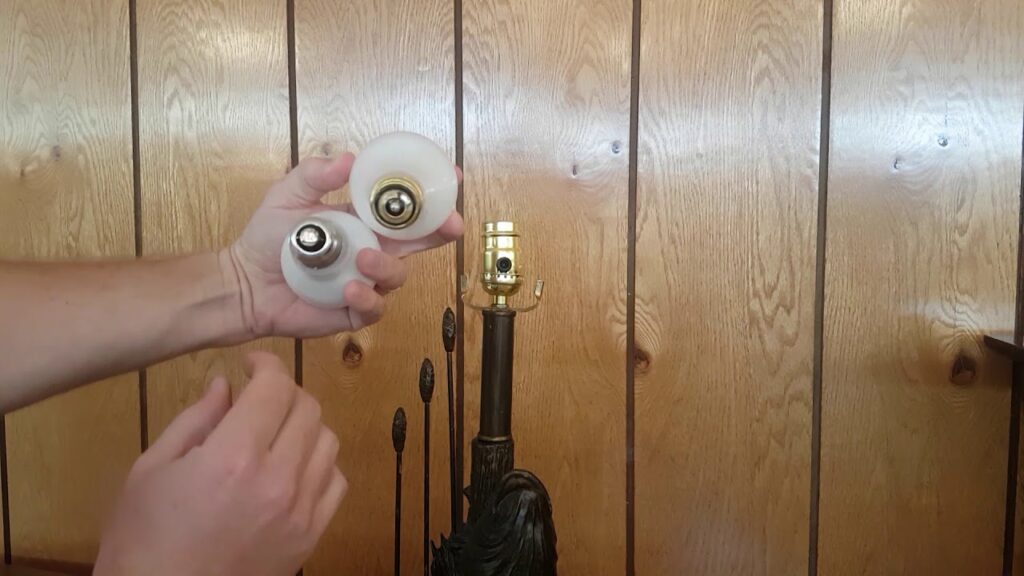Best Basement Subfloor Options for a Dry and Durable Space
When it comes to creating a dry and durable basement space, choosing the right subfloor is crucial. A subfloor serves as a barrier between your concrete basement floor and the finished flooring, protecting it from moisture and providing insulation. Here are some of the best basement subfloor options to consider for achieving a dry and durable space.
1. DRIcore Subfloor Panels
DRIcore subfloor panels are designed specifically for basement applications. These panels feature a moisture barrier that helps prevent water vapor from seeping through the concrete slab. They also provide a thermal break, helping to keep the floor surface warmer. Installation is relatively easy, making it a popular choice for DIY enthusiasts.
2. Delta-FL Subfloor System
The Delta-FL subfloor system consists of a dimpled membrane that creates an air gap between the concrete floor and the finished flooring. This air gap allows for moisture to evaporate, preventing it from reaching the finished floor. The system is compatible with a variety of finished flooring materials and provides excellent insulation properties.
3. ThermalDry Subfloor Tiles
ThermalDry subfloor tiles are made from inorganic materials that are resistant to mold and mildew. These interlocking tiles create a thermal barrier, keeping the finished flooring surface comfortable and dry. The design allows air to circulate, preventing moisture buildup and maintaining a dry environment in the basement.
By selecting one of these best basement subfloor options, you can create a dry and durable space that is resistant to moisture and provides a solid foundation for your finished flooring. Consider the specific needs of your basement space and the type of finished flooring you plan to use when choosing the best subfloor option for your project.
Important Considerations for Choosing the Right Basement Subfloor
When it comes to choosing the right basement subfloor, there are several important considerations to keep in mind. The first consideration is moisture resistance. Basements are prone to moisture issues, so it’s crucial to select a subfloor material that is resistant to moisture and will not warp or degrade when exposed to damp conditions. Look for subfloor materials specifically designed for basement use, such as vinyl planks with a built-in moisture barrier or engineered wood with water-resistant properties.
Another important consideration is insulation. A basement subfloor should provide insulation to help regulate the temperature and keep the space comfortable. Look for subfloor materials with thermal properties that can help reduce heat loss and minimize the impact of cold floors. Additionally, consider the insulation value of the subfloor to enhance the overall energy efficiency of the basement.
Durability is also a key factor to consider when choosing a basement subfloor. The subfloor should be able to withstand the unique challenges of a basement environment, including potential flooding, high humidity, and temperature fluctuations. Opt for materials that are durable and resistant to damage, such as rigid foam insulation panels or interlocking subfloor tiles designed for basement applications.
Lastly, ease of installation and maintenance should be taken into account. Choose a basement subfloor system that is easy to install and maintain, as this will save time and effort in the long run. Consider options that offer simple interlocking mechanisms or tongue-and-groove designs for straightforward installation, and materials that are easy to clean and resistant to mold and mildew for minimal maintenance requirements.
Additional tips for choosing a basement subfloor:
- Consider the height and floor level requirements for your basement space.
- Look for subfloor materials that provide sound insulation for a quieter basement environment.
- Choose subfloor options that are compatible with various flooring finishes, such as carpet, laminate, or engineered wood.
- Consult with a professional to assess the specific needs and challenges of your basement space before making a decision.
Comparing Different Basement Subfloor Options: Pros and Cons
When considering basement subfloor options, it’s important to weigh the pros and cons of each choice to ensure the best fit for your specific needs. One popular option is the use of interlocking subfloor tiles. These tiles are quick and easy to install, providing a moisture-resistant barrier and thermal insulation. However, they can be more expensive than other options and may not be suitable for uneven surfaces.
Another common choice is plywood subflooring, which offers a sturdy and traditional option. It allows for flexibility in terms of finishing options and can be cost-effective. However, plywood is susceptible to moisture damage and may require additional waterproofing measures for basement applications.
On the other hand, engineered wood subfloor panels provide a durable and reliable option. They are designed to resist moisture and mold and offer a smooth and level surface for finished flooring. However, they typically come with a higher price tag and may require professional installation.
Finally, some homeowners opt for insulated subfloor panels, which offer a solution for both moisture resistance and thermal insulation. These panels can be installed quickly and provide a comfortable and warm flooring surface. Nevertheless, they may be more costly and can limit finishing options.
In conclusion, each basement subfloor option comes with its own set of advantages and disadvantages. By carefully considering the specific needs of your basement space, you can make an informed decision on the best subfloor option for your project.
How to Install and Maintain Your Basement Subfloor for Long-Term Success
When it comes to creating a long-lasting basement subfloor, proper installation and maintenance are crucial. To begin, ensure that the subfloor material is moisture-resistant and suitable for basement conditions. Installing the subfloor correctly is essential for preventing moisture buildup and mold growth. Additionally, regular inspections and maintenance are key to preserving the integrity of the subfloor over time. By following these guidelines, you can ensure the long-term success of your basement subfloor.
Proper Installation
During the installation process, it is important to use materials specifically designed for basements to combat moisture-related issues. Properly sealing the subfloor to prevent moisture from seeping through is essential. Additionally, following the manufacturer’s guidelines and best practices for installation will help create a durable and reliable subfloor.
Regular Maintenance
Regular maintenance of the basement subfloor involves checking for any signs of water damage, mold, or mildew. Addressing any issues promptly is vital to preventing further damage and ensuring the longevity of the subfloor. In addition, maintaining adequate ventilation and controlling humidity levels in the basement can significantly contribute to the subfloor’s long-term success.
Conclusion
The installation and maintenance of a basement subfloor are critical factors in ensuring its long-term success. By using moisture-resistant materials, properly installing the subfloor, and conducting regular maintenance, you can create a durable foundation for your basement space.
Common Mistakes to Avoid When Selecting Basement Subfloor Options
When it comes to selecting basement subfloor options, it’s important to be aware of common mistakes that many homeowners make. One of the most common mistakes is failing to consider moisture and water resistance. Basements are prone to moisture, so it’s crucial to choose a subflooring material that can withstand potential water damage.
Another common mistake is overlooking the importance of insulation. A good basement subfloor should provide insulation to help regulate the temperature and reduce energy costs. Ignoring this factor could result in a cold, damp basement that is uncomfortable to spend time in.
Additionally, some homeowners make the mistake of not researching the different types of subfloor materials available. Each material has its own advantages and disadvantages, and it’s important to weigh these considerations carefully before making a decision. From plywood to insulated panels, each option offers different levels of durability, moisture resistance, and insulation properties.
Lastly, neglecting to properly level the basement floor before installing the subfloor can lead to significant issues down the line. Uneven subfloors can cause flooring materials to wear unevenly and can lead to structural problems. It’s essential to address any unevenness in the basement floor before moving forward with the subfloor installation.
By avoiding these common mistakes and carefully researching and evaluating basement subfloor options, homeowners can ensure a durable, comfortable, and long-lasting basement space.


